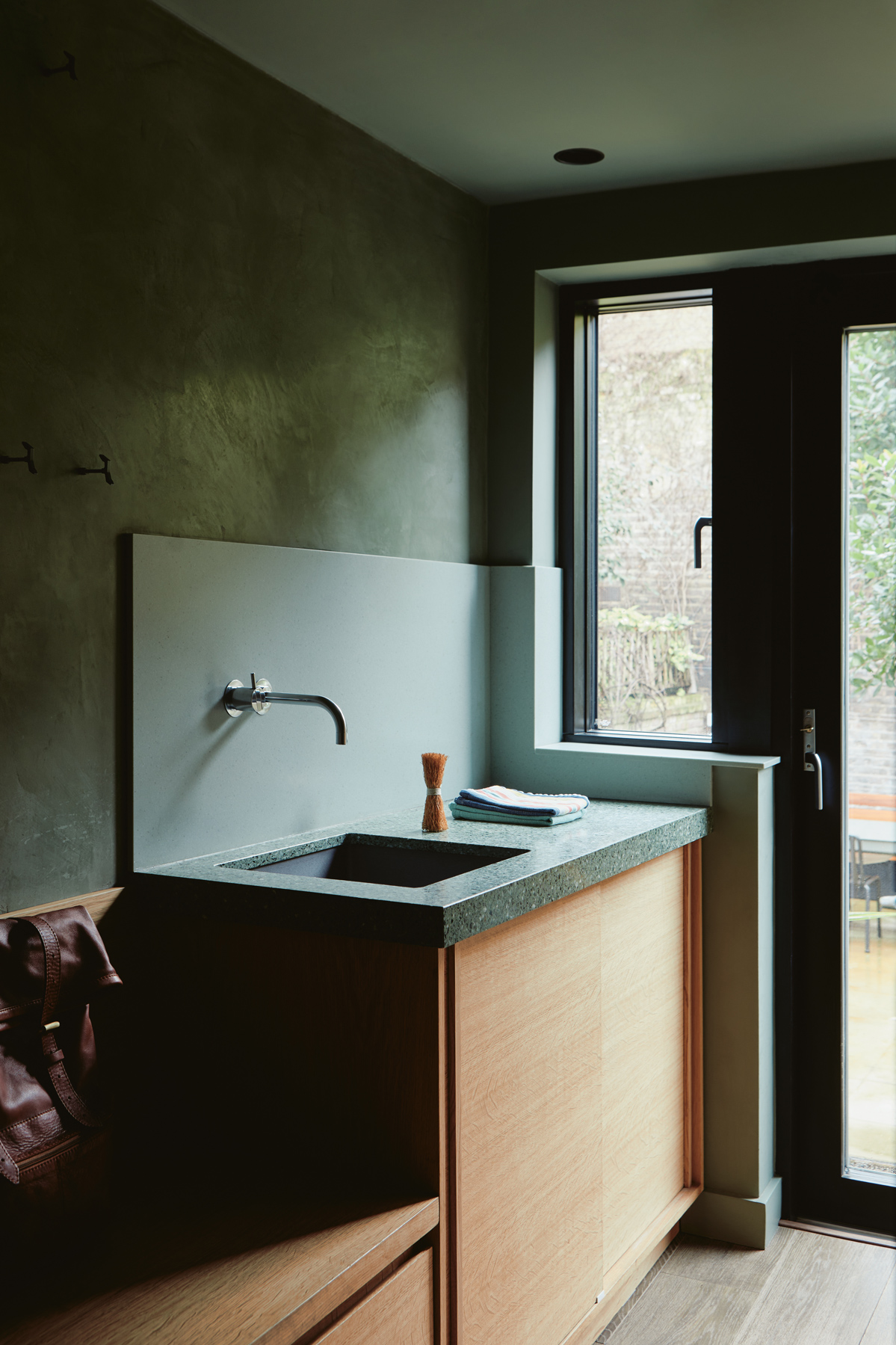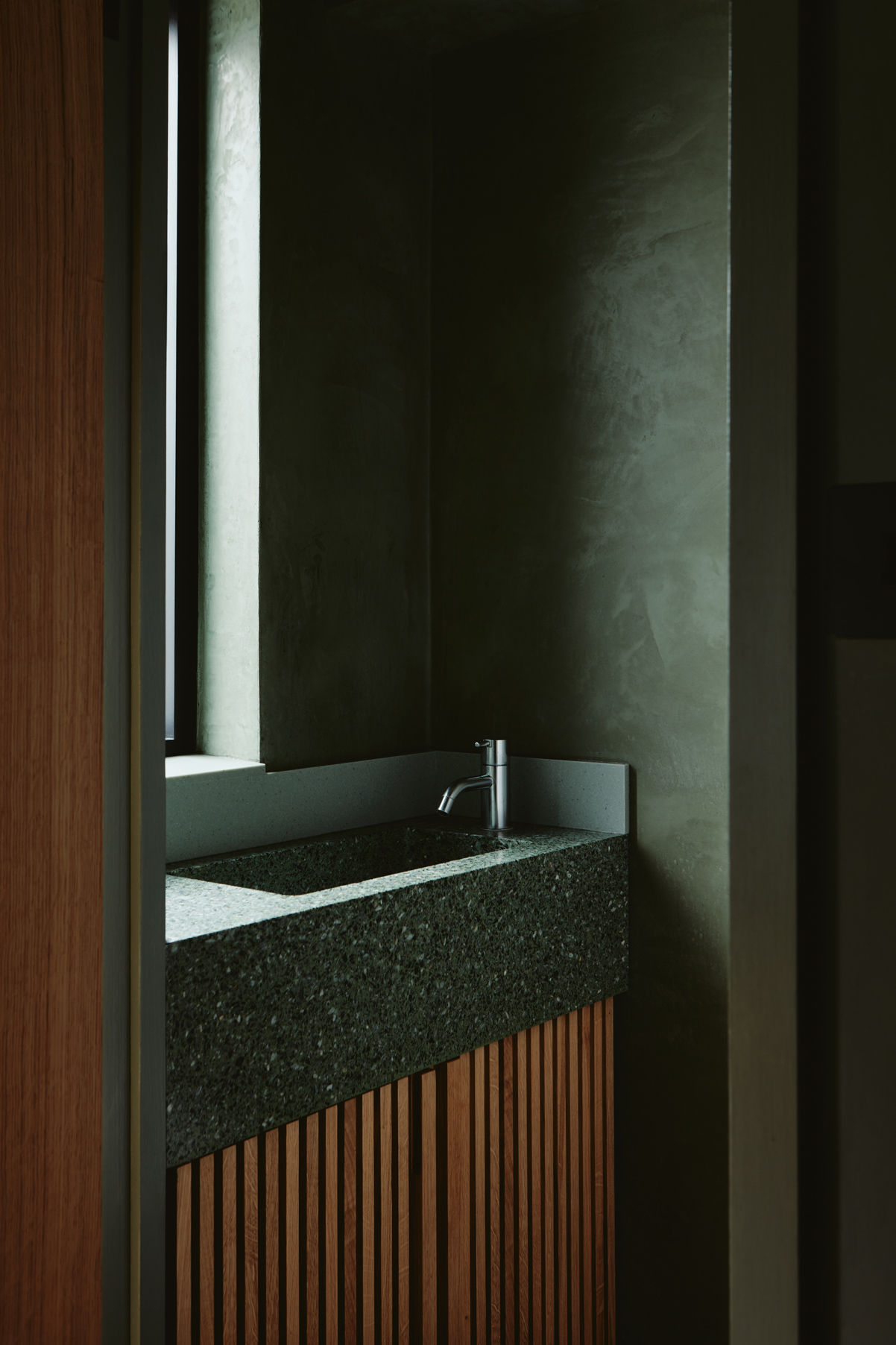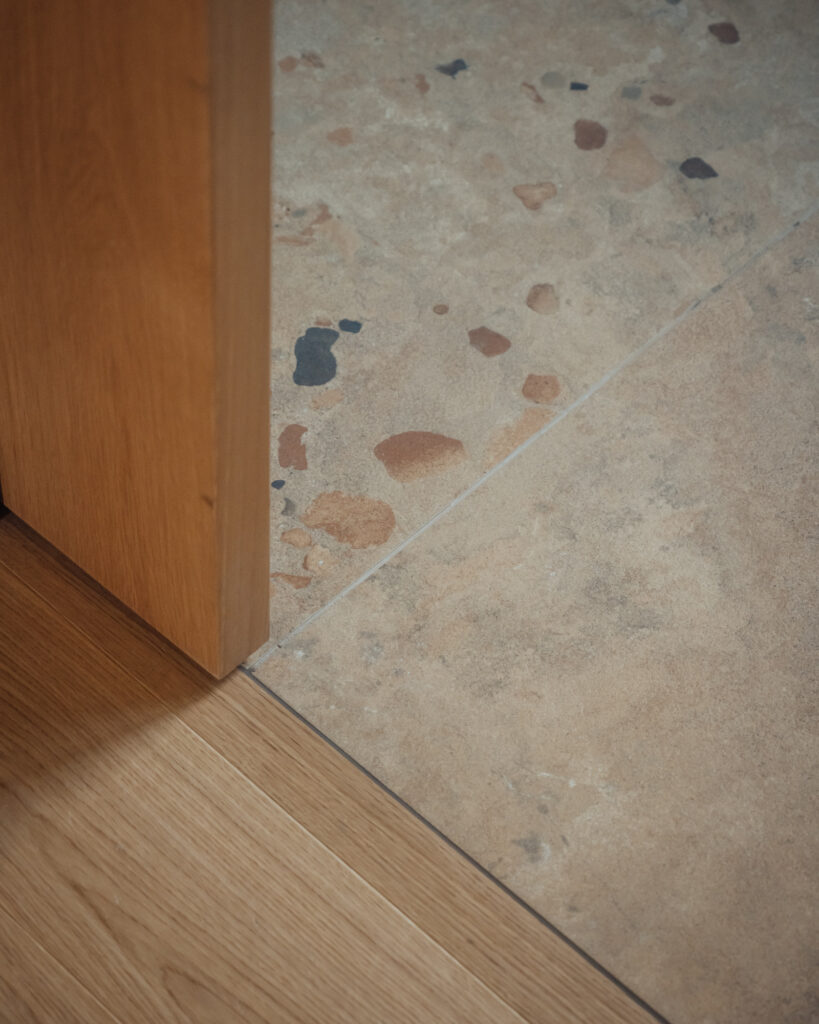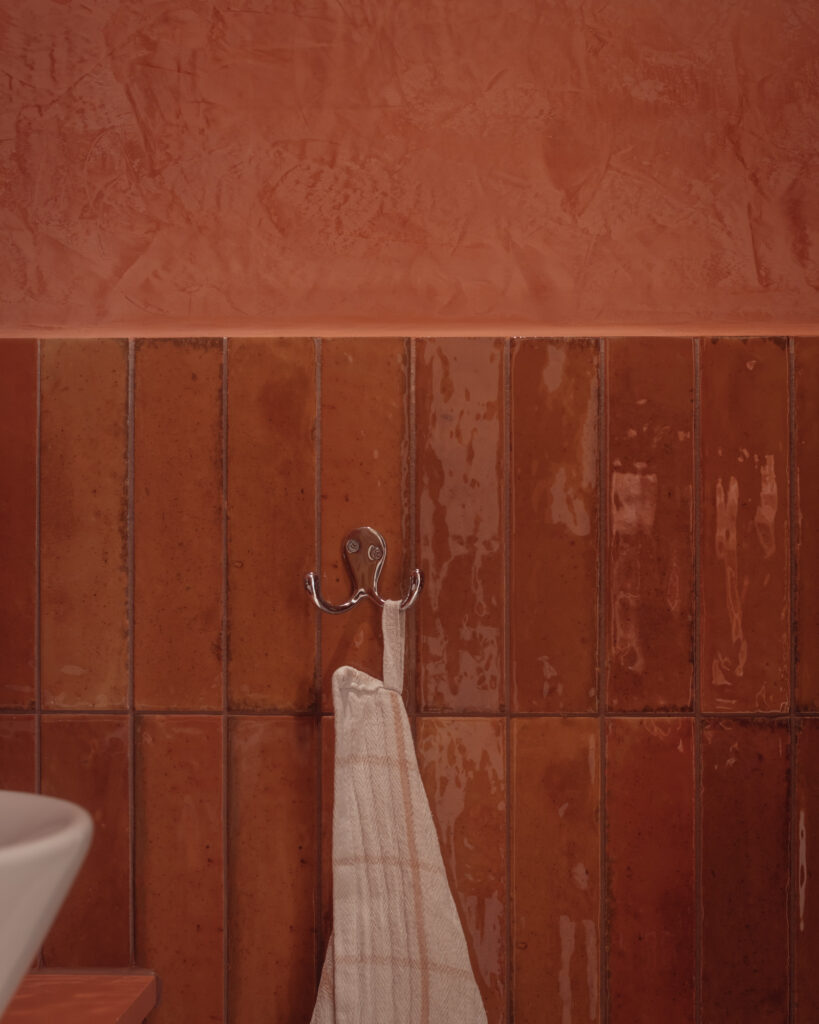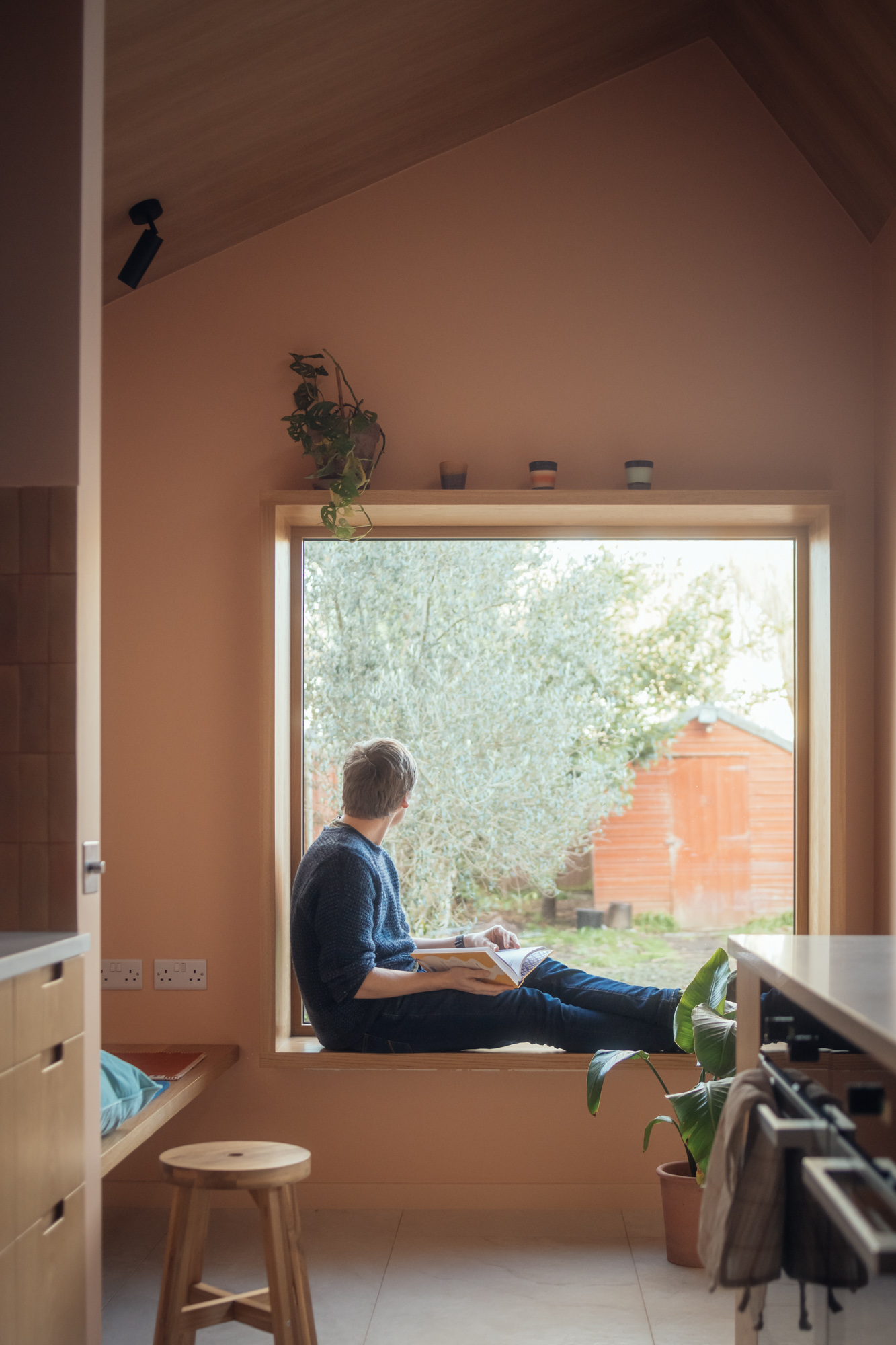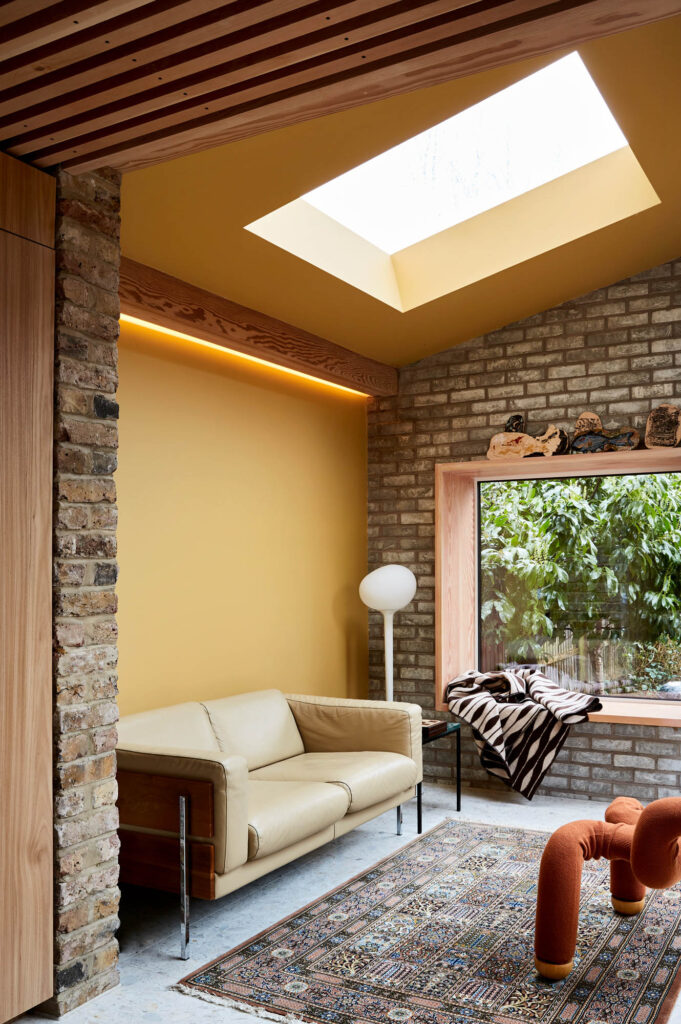Is Biophilia the answer to creating homes that are sanctuaries?
< Back to InsightsIn an increasingly urbanised and busy world, our homes are more than just shelters; they should be sanctuaries. The idea of a personal sanctuary should apply to anything from a rental flat to a bespoke home. A home should be our personal haven, our “cave of belonging” where we can restore, recharge our batteries, and prepare to face the outside world. It is not for the select few but should be incorporated as a fundamental part of planning any home.This foundational role of Biophilia at home makes the design of our living spaces absolutely critical for our physical, mental, and emotional health and wellbeing.
What are the benefits of a healthy home?
Indeed, research increasingly demonstrates the profound impact our built environments have on our health. Studies show that access to natural light can improve sleep quality and mood by up to 30%, while exposure to natural elements and biophilic design can reduce stress by 50% and improve overall well-being. Research also highlights connections between effective lighting and improved cognitive function and memory retention, and better indoor air quality and reduced respiratory symptoms. Conversely, poor housing characteristics, such as mould or inadequate thermal comfort, are linked to poorer health outcomes and increased medical issues.
Why does Biophilic design create comfortable homes?
A significant part of the solution lies in biophilic design. Rooted in humankind’s innate biological connection with nature, biophilia offers a powerful approach to creating spaces that actively reduce stress, enhance creativity and clarity of thought, improve our overall well-being, and even encourage healing. Patients recover more quickly in hospital rooms with views to nature . This moves us beyond aesthetics, and transforms our homes into restorative environments.
“Biophilia is humankind’s innate biological connection with nature. It helps explain why crackling fires and crashing waves captivate us; why a garden view can enhance our creativity; why shadows and heights instill fascination and fear; and why animal companionship and strolling through a park have restorative, healing effects.”
14 patterns of Biophilic Design
How to include Biophilia at home?
The comprehensive 14 Patterns of Biophilic Design framework breaks down biophilia into three categories that allow us specific approaches to incorporate biophilia into the built environment. Biophilia is more than putting plants into a sterile office.
Let’s delve into how you can thoughtfully integrate biophilia into your home, ensuring it truly serves as a restorative sanctuary.
Nature in the Space: Bringing the Outdoors In
Incorporating the direct, physical, and ephemeral presence of nature within a space:
Potted plants and indoor greenery: Incorporating living plants is a straightforward way to reduce stress, improve mood, and enhance overall wellbeing. Studies show that indoor plants can reduce psychological stress and improve perceived mental health and tranquility. They can also improve indoor air quality, which reduces respiratory symptoms.
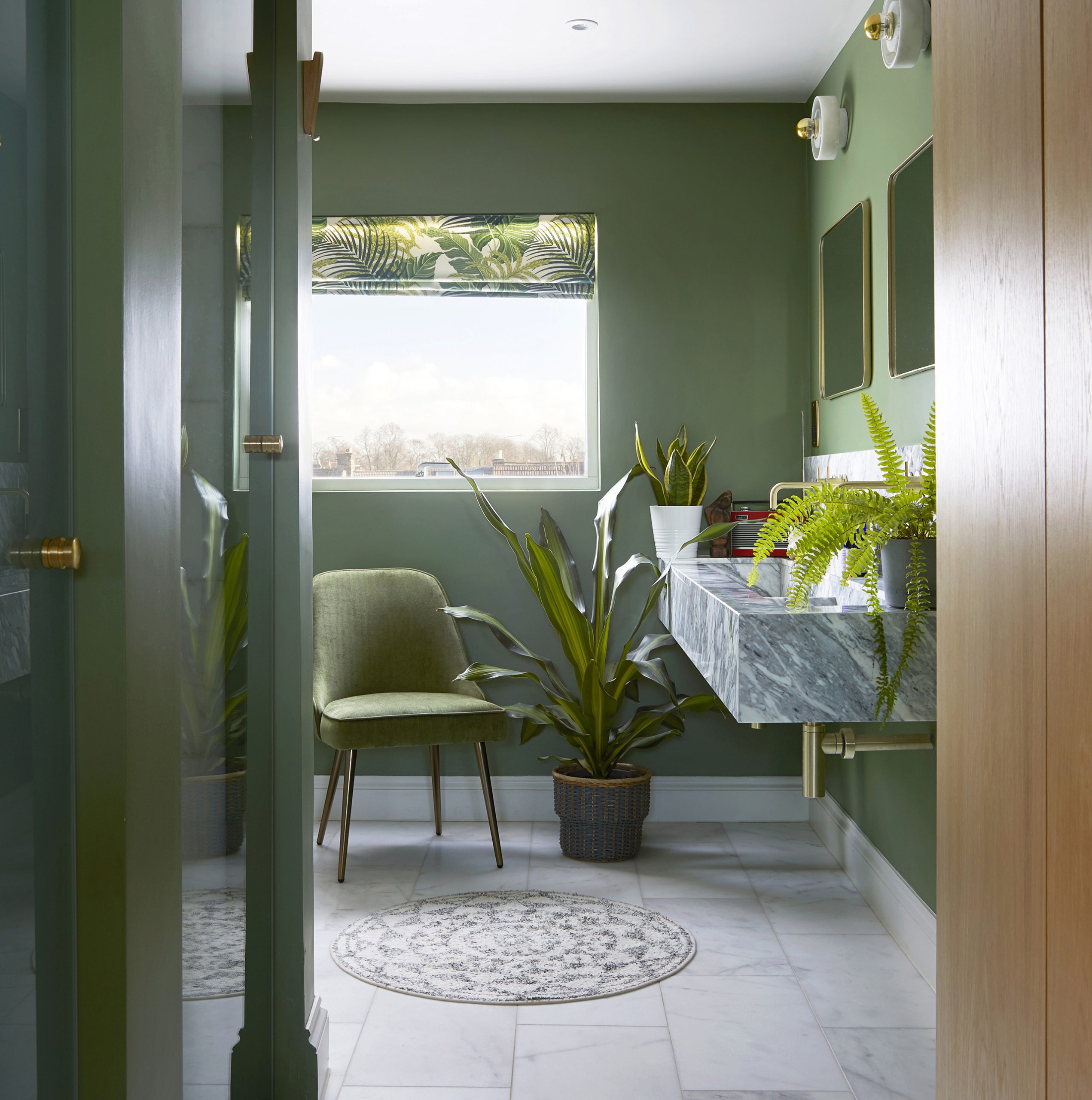
Water features: The sight, sound, or touch of water can enhance the experience of a place, offering a soothing effect and prompting contemplation. Even a small water feature can be effective, particularly when it engages multiple senses.
Natural light : Harnessing varying intensities of light and shadow, mimicking natural environments, is vital for circadian health, leading to better sleep and hormonal balance, and boosting cognitive function. At Collective Works we regularly specify lighting fixtures from Orluna lighting that dim to warm and support circadian rhythms.
Visual connection with nature: In our designs, we prioritise views to outdoor elements of nature, living systems, and natural processes through windows. Even small, biodiverse green views can be restorative and lead to reduced stress, improved mental engagement, and overall happiness. With careful placement of windows we are able to frame views. Placing windows at the right height – using window seats and full height windows mean that the views can actually be seen from the kitchen table, the sofa and so on.
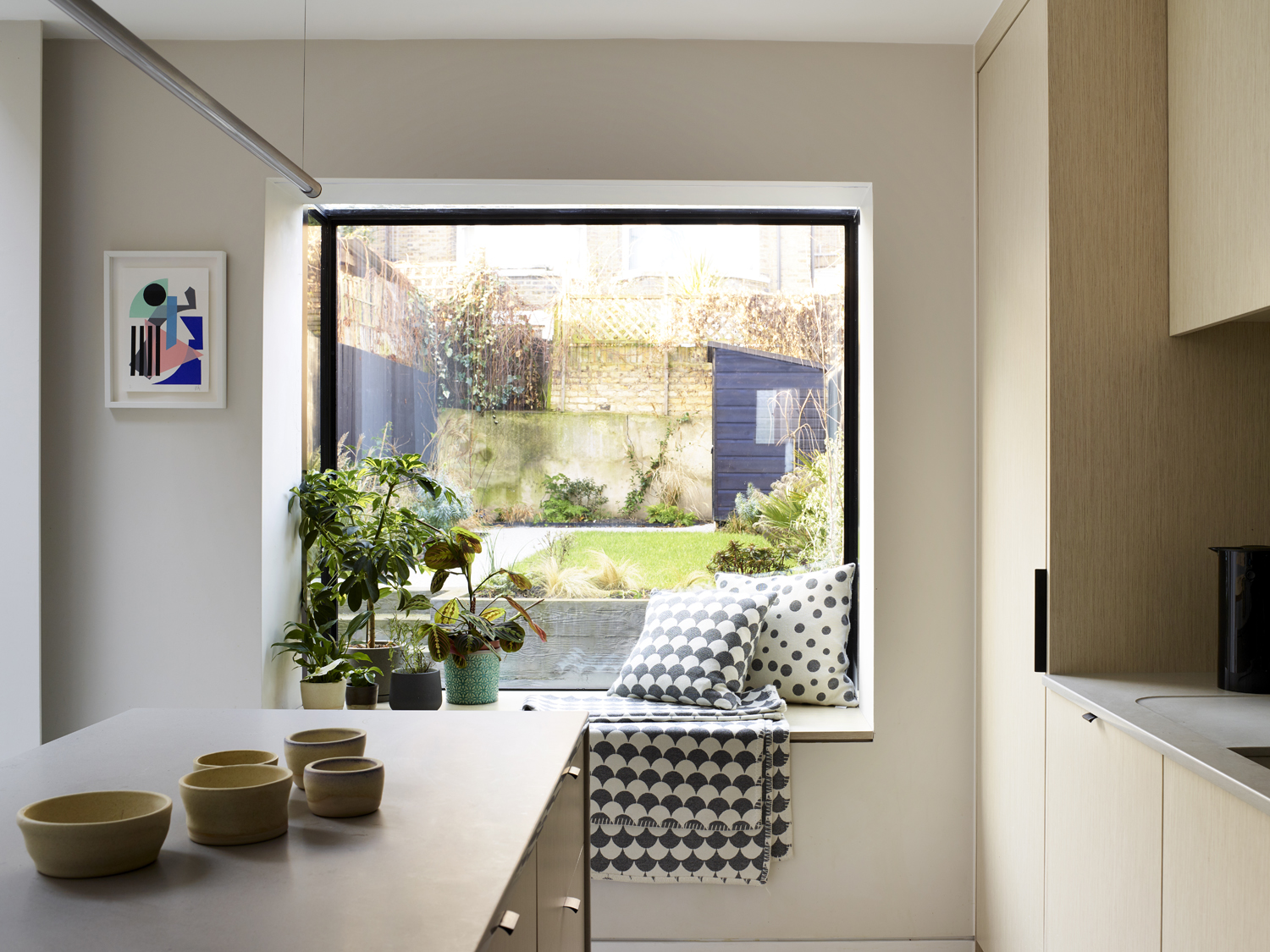
Connection with natural systems: The act of being in nature fosters an awareness of natural processes. Where you are exposed to the changing light over the course of a day and over the year, and experiencing the changes in nature through seasonal and temporal changes builds this connection. Where this is observable from within your home, it becomes part of the everyday.
Natural Analogues: Evoking Nature Indirectly
Natural analogues are organic, non-living, and indirect evocations of nature through materials, colours, shapes, and patterns found in the natural world.
Biomorphic forms & patterns: Use symbolic references to contoured, patterned, textured, or numerical arrangements that are typical in nature. This can include curved furniture, patterns on textiles, wallpaper, or carpet that mimic elements like leaves or fractal designs. These elements can reduce psychological stress and enhance concentration.
Material connection with nature: Incorporate minimally processed materials from nature that reflect local ecology or geology. Think wood, stone, or leather. These materials add richness, warmth, and authenticity, and can positively influence physiological responses, such as decreased diastolic blood pressure and improved creative performance. Prioritise real materials over synthetics, as human perception can discern the difference.
Nature of the Space: Designing for Spatial Experiences
This category focuses on spatial configurations found in nature that evoke a sense of safety, opportunity, or intrigue.
Prospect: Design for unimpeded views over a distance, providing a sense of safety and control. This can be achieved through open-plan layouts, balconies, or elevated seating areas that allow a broad view of the surroundings. Prospect reduces stress, boredom, irritation, and fatigue, and improves comfort and perceived safety.
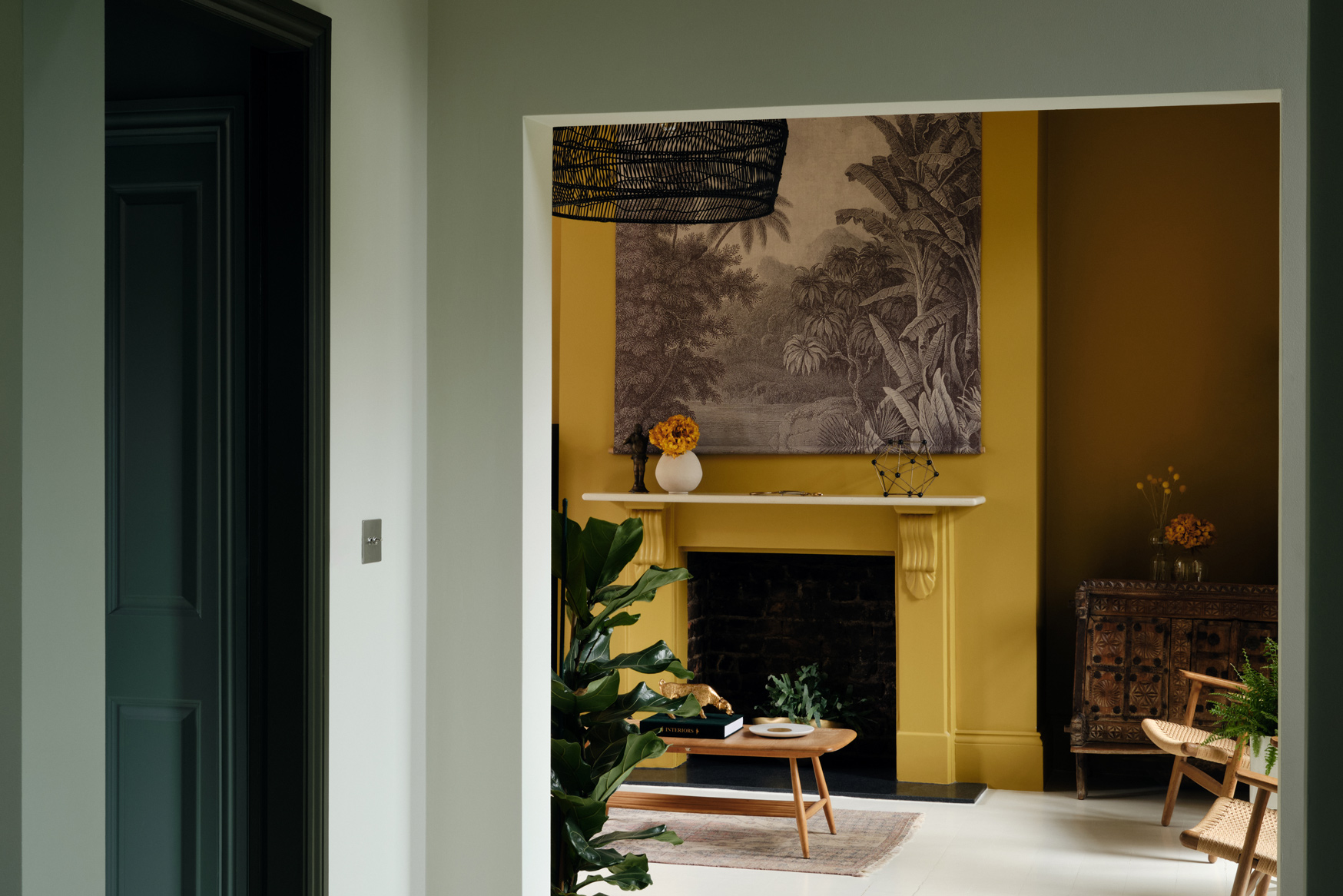
Refuge: Create spaces for withdrawal, where one feels protected and can retreat from the main flow of activity. Examples include cosy reading nooks, covered porches, or window seats that offer a sense of enclosure and safety. Refuge improves concentration, attention, and perception of safety. An example from several of our home projects are window seats, a small enclosed seat that fits one or two – an enclosed space – and offers views outside. The feedback from clients on how much they love these seats are a testament to how they speak to more than just a functional need.
Mystery: Incorporate partially obscured views or sensory devices that entice curiosity and encourage exploration. Think curving hallways, screens that partially hide a garden view, or layered interior elements. This pattern induces strong pleasure responses.
Risk/Peril: Introduce an identifiable threat coupled with a reliable safeguard, creating a sense of exhilaration without actual danger. This might manifest as a balcony with a secure railing overlooking a dramatic view. This pattern can result in strong dopamine or pleasure responses.
By thoughtfully integrating these patterns, and bringing biophilia into your home, it can become a powerful tool for enhancing health, reducing stress, improving cognitive function, and fostering a deeper connection to the natural world. It’s an investment that pays dividends in daily wellbeing and a better quality of life.
Let’s have a chat about your vision and
how we can help you realise it.
Collective Works are an architecture & design studio. Our network of professionals will create your perfect solution.

